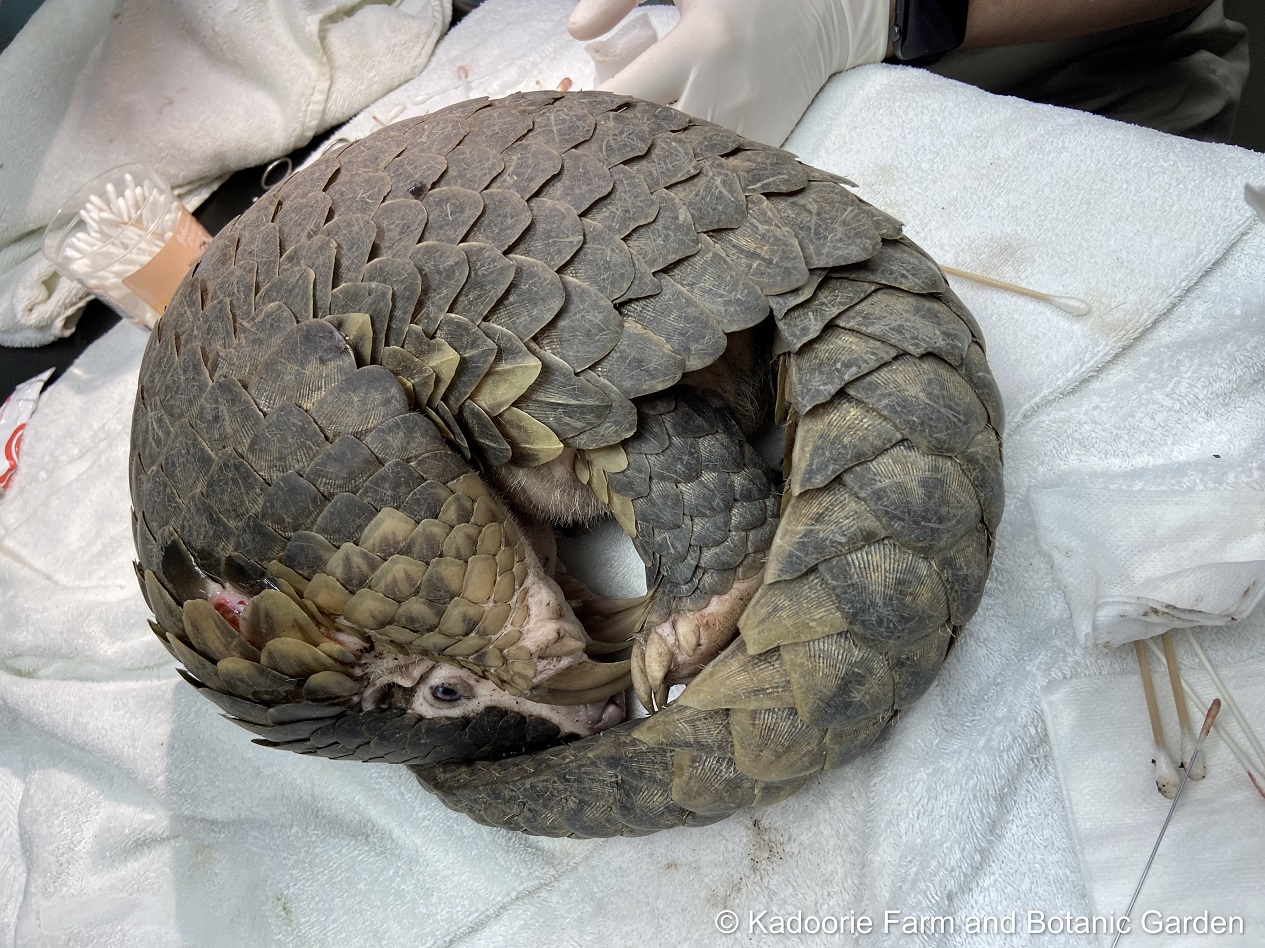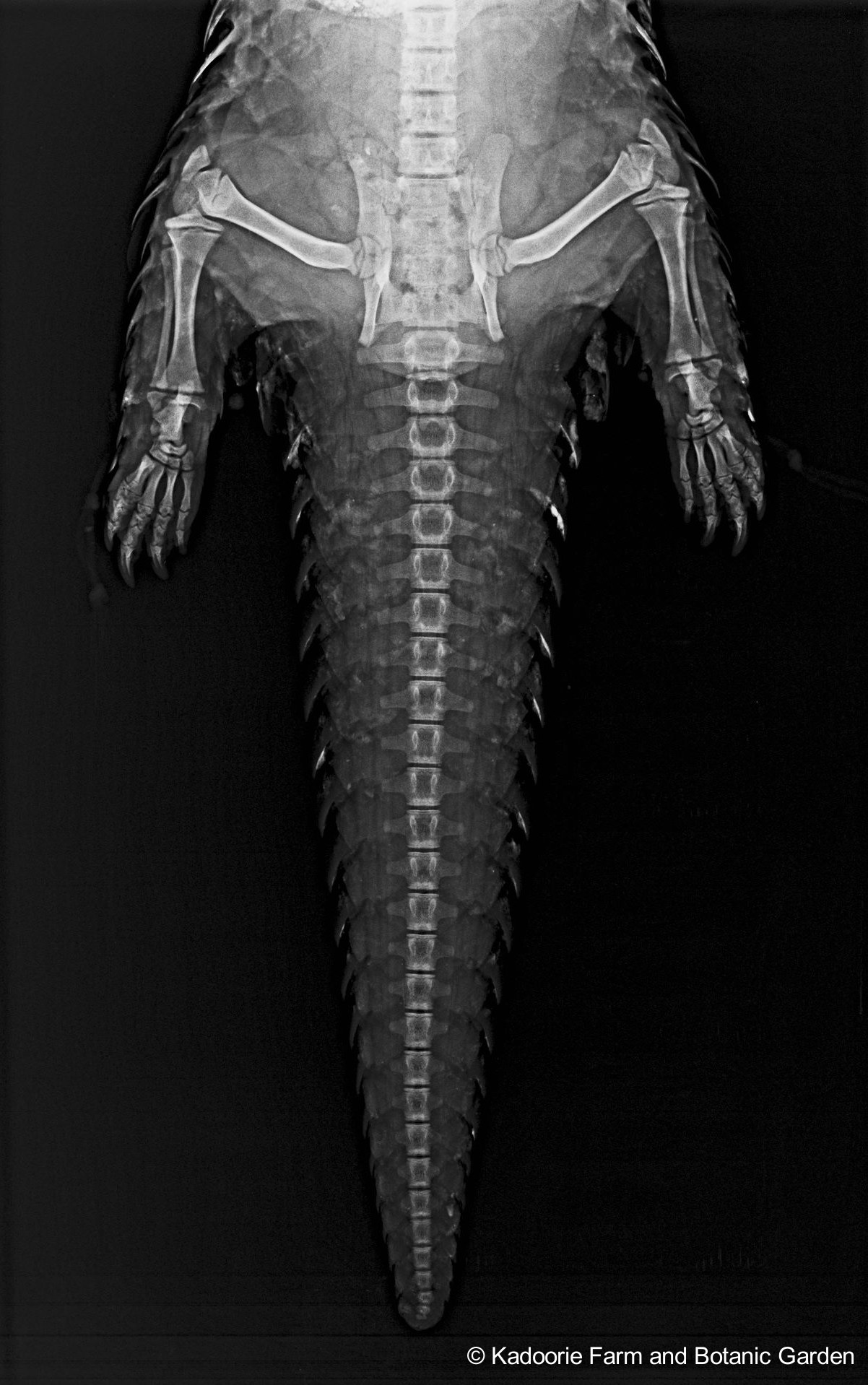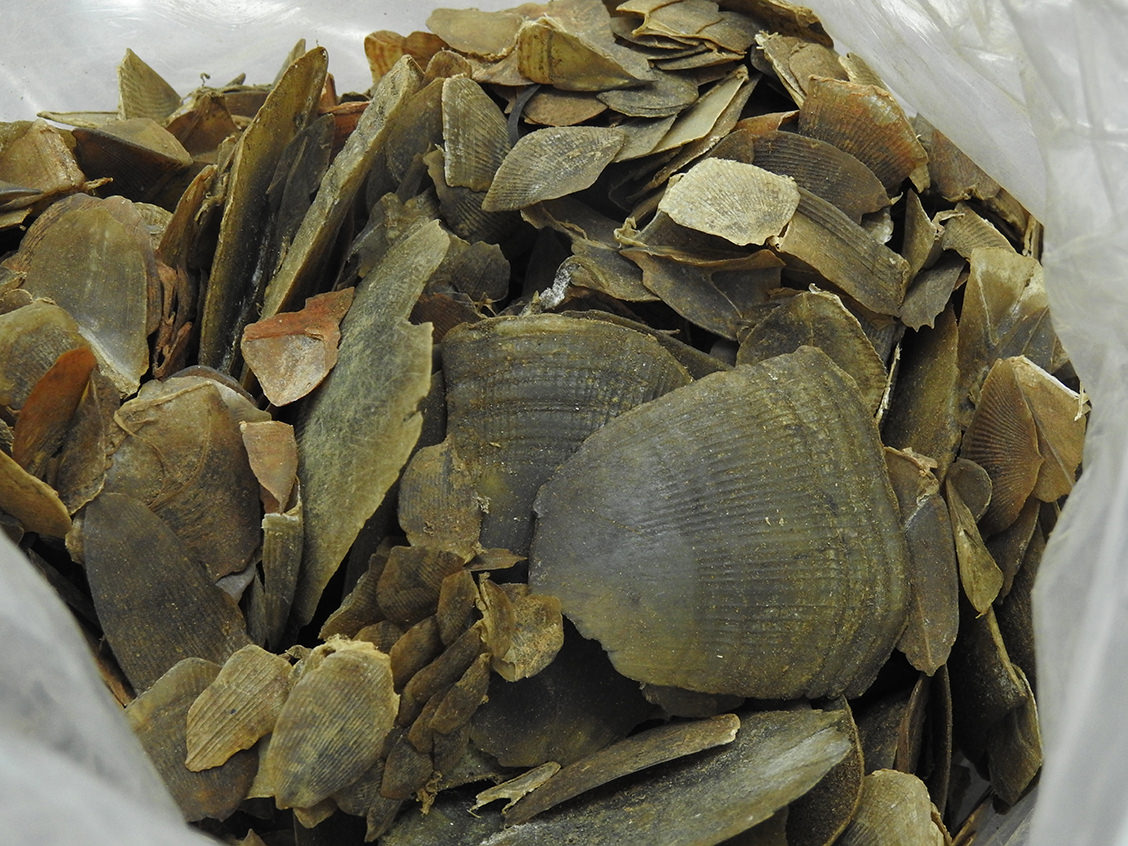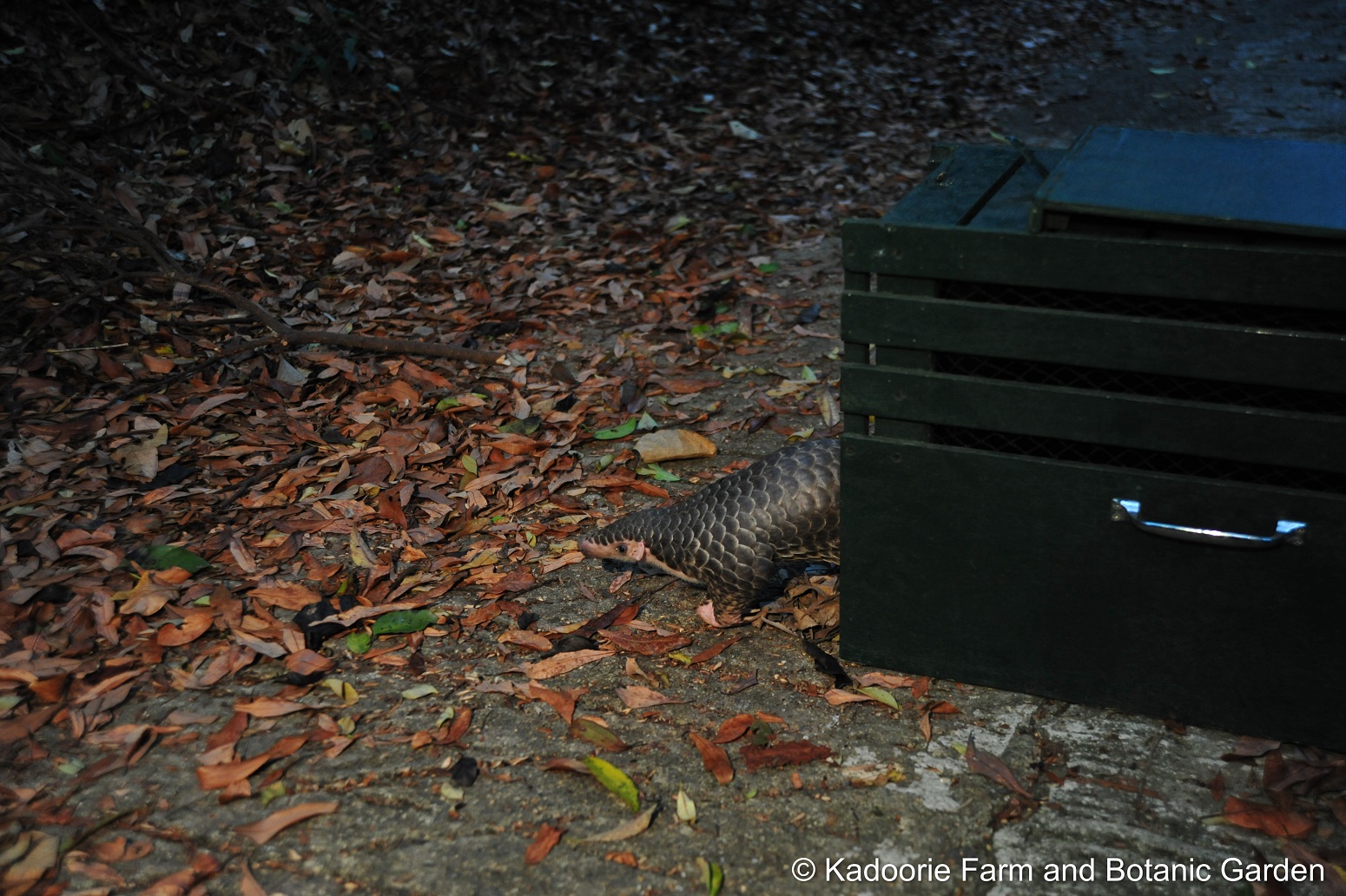World Pangolin Day 2022
It is the eleventh World Pangolin Day today!
Unfortunately, this mysterious creature is still under severe threat over most of its native range and several of the 8 species are close to extinction in the wild, all are endangered.
On this special day for pangolins, we’d like to share some interesting facts and describe the role we play at KFBG in enforcing protection and preserving the remaining populations of the local Chinese Pangolin.

There are eight known species of pangolin in the world and Hong Kong is home to the Chinese Pangolin (Manis pentadactyla). As of mid-February 2022, KFBG’s Wild Animal Rescue Centre has received a total of 14 Chinese Pangolins, the majority of which had sustained dog bite injuries or were trapped in human infrastructure such as drains or fenced areas. Fortunately, after care and rehabilitation, ten recovered well enough to be returned to the wild. This number may seem small but for a creature that is critically endangered and whose natural population numbers are small this is a significant effort in protecting the local population.
The male Chinese pangolin above, that we received in April 2020 was attacked by dogs and suffered wounds on his back. He made a good recovery and was released back to the wild. Feral and free roaming village dogs in Hong Kong threaten local wildlife. Casualties have included barking deer, young wild boar, otters, civets, ferret-badgers and even the seemingly well-protected porcupines.
Lateral%20view%203%20(1).jpg)
The global Chinese Pangolin population has declined by 80% and is now considered Critically Endangered. Pangolins are noted as being the world’s most heavily illegally trafficked mammal species! Their scales are thought to have medicinal properties but this is scientifically unproven and has led to massive poaching of pangolins. As a matter of fact, the scales are made of keratin – just like our fingernails.
Chinese Pangolins are an inherent part of forest ecosystems, feeding on termites and controlling their destructive effects on forests.

This is a radiograph (X-ray) image of a rescued Chinese Pangolin. Some pangolin species, including the Chinese Pangolin, possess a prehensile tail that helps them hang on to tree branches, holding their body weight as they manoeuvre above the ground.

The Illegal wildlife trade is a major threat to pangolins. This trade is complex and dynamic, with traders periodically switching species and trade routes. In the past, seized pangolins in Hong Kong mostly came from southeast Asia. However, in the last 15 years, pangolin seizures are increasingly being sourced from Africa. Since trafficking over greater distances from Africa to Asia is less economical, this situation almost certainly reflects the fact that Asian pangolin populations are drastically declining, making them harder to find. Our Conservation Genetics Laboratory is using DNA forensics to study the illegal pangolin trade for conservation.
Click here to learn more details.

The pangolin is protected by law in Hong Kong and it is illegal to trade the species. You can help to save this special animal by:
- Refusing to purchase any pangolin products and reporting the use of pangolin scales as Traditional Medicine
- Reporting poaching, illegal trapping or trade of pangolins to Authorities (AFCD at 1823 and Hong Kong Police at 999)
- Calling the SPCA for rescue assistance at 2711 1000, or AFCD at 1823 if you find an injured or trapped pangolin. KFBG Wild Animal Rescue Centre cares for injured native wildlife in collaboration with the SPCA and AFCD.

